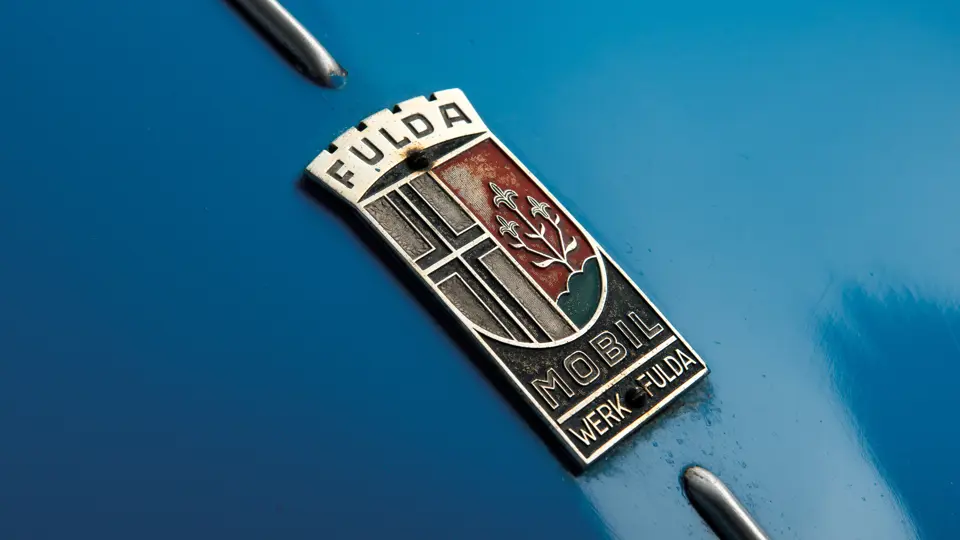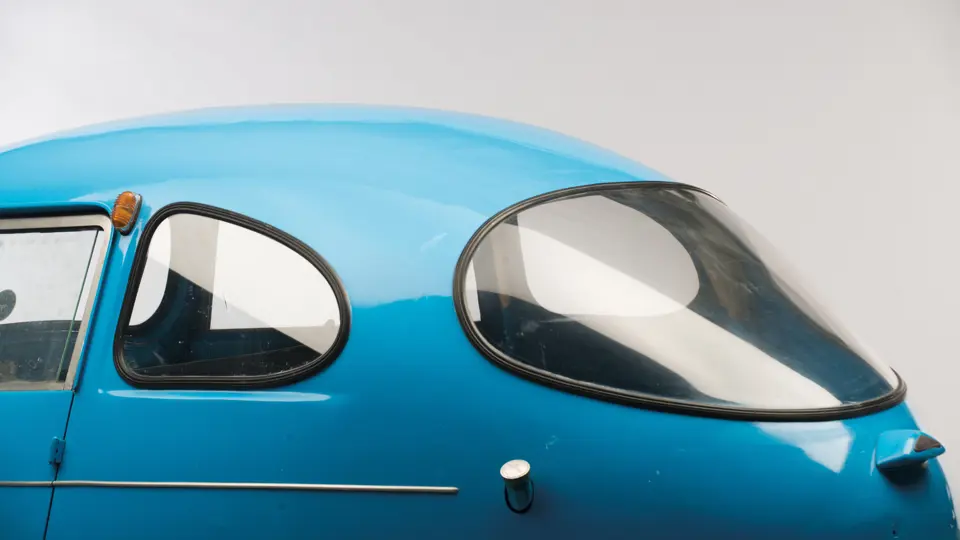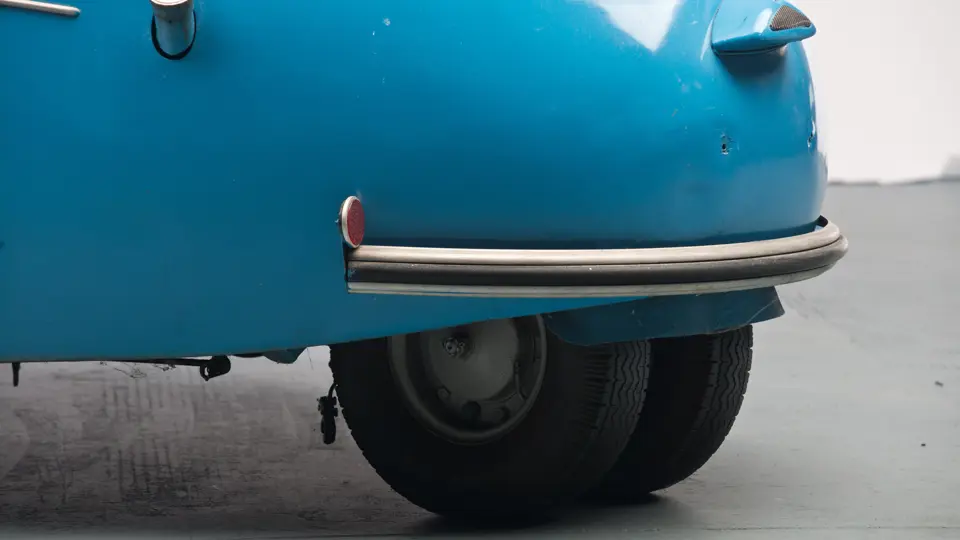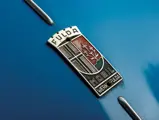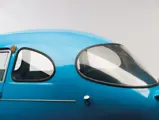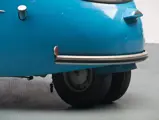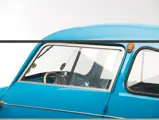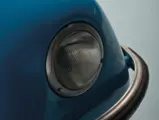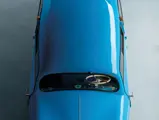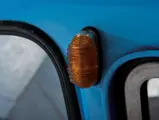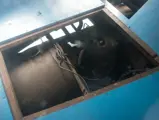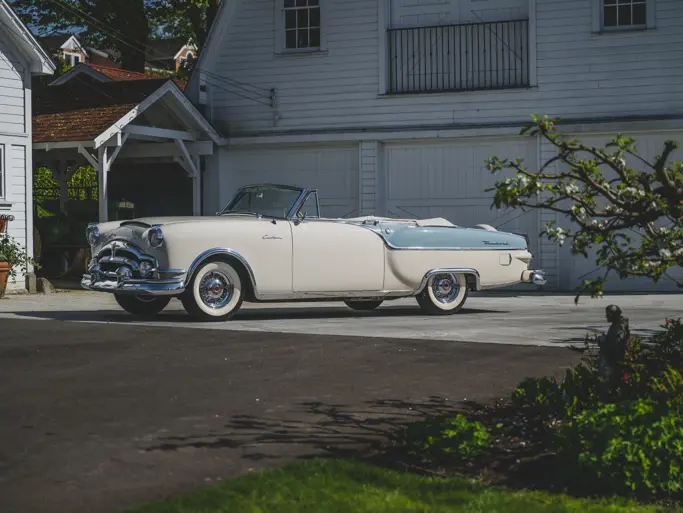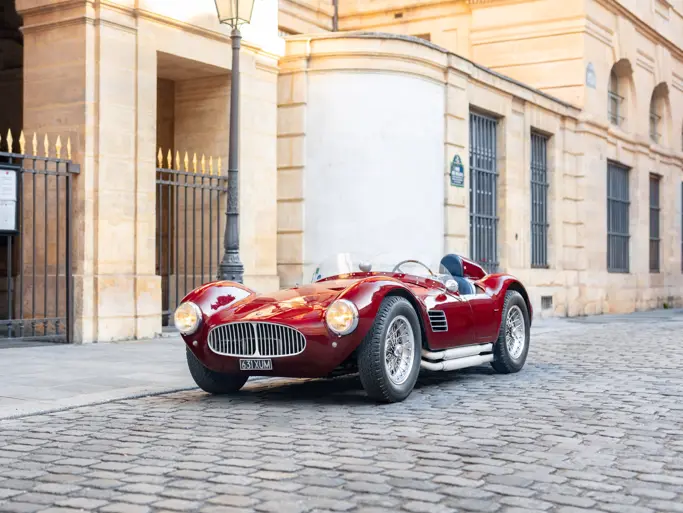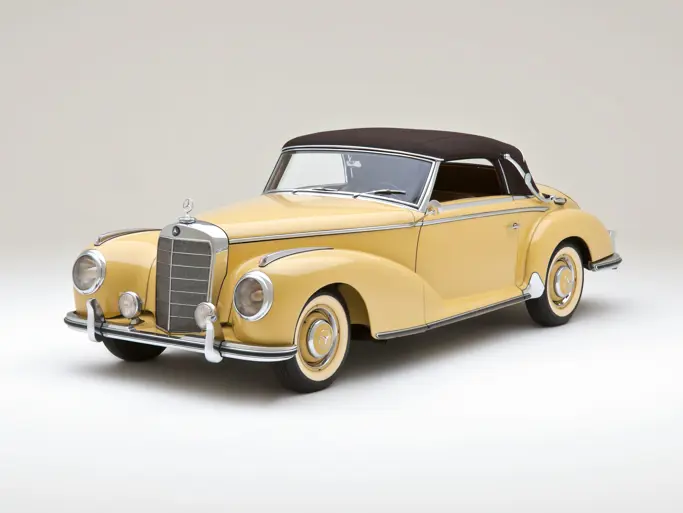SPECIFICATIONS
Manufacturer: Elektromaschinenbau Fulda GmbH
Origin: Fulda, Germany
Production: 123
Motor: Fichtel & Sachs 1-cyl., 2stroke
Displacement: 191 cc
Power: 9.5 hp
Length: 10 ft. 2 in.
Identification No. 200639
Karl Schmitt’s reluctance to produce the S-1, and its “sale” to NWF, who fitted it with an unsuitable motor, did not sit well with Fuldamobil designer Norbert Stevenson. With low pay and a five-member family to feed, the future was uncertain. Stevenson decamped to join a group developing a three-wheeler with remarkable similarities to the Fuldamobil, called the Pinguin. This failed, as did many other such ventures, and eventually Stevenson joined Ford in Cologne, where he was paid three times his salary at Fulda.
The Fichtel & Sachs 191-cubic centimeter motor first fitted to the S-3 prototypes gave a more sporting driving feel to the Fuldamobil, with its less torquey, higher-revving characteristics requiring more frequent gear changing. The motor, while in most respects identical to the Messerschmitt’s, was not a direct swap, as it had a different side-exit muffler and different gearing to deal with the considerably heavier, 827 pound, dry weight of the Fuldamobil.
This weight had a great deal to do with the heavy-welded tube chassis, which consisted of two full-length large-diameter tubes, a third half-length tube in the center, and substantial crossmembers. From the beginning, Stevenson had spent a great deal of time on the front axle, suspension, and steering. He developed a very modern concept, that of Negative Steering Roll Radius, which reduced steering effort and kickback and has only recently been seen on Mercedes S-Class cars.
With Stevenson gone, Works Manager Zinsser was free to eliminate the expensive process involved with making the front axle, and he decided to simply hang the front wheels on the ends of the transverse springs, which slid in vertical tubes. This redesigned chassis was the essential characteristic of the new S-6 model, built from October 1956. The car was also available in a three-wheeled version and could optionally be fitted with hand controls to suit. The curvaceous aluminum bodywork remained the same, again available in blue, grey, green, and beige.
The small bullseye window in the opening rear hatch had severely restricted rearward vision on previous models, and the generally increasing traffic density demanded a solution. This took the form of replacing the entire opening hatch with a large fixed Plexiglas rear window, which opened up a panoramic rear view and gave the S-6 its immediately distinguishable feature. This example of the rare S-6 model was brought in from Germany and has been beautifully restored in an attractive blue with a plaid interior, and it is ready to be shown with pride.

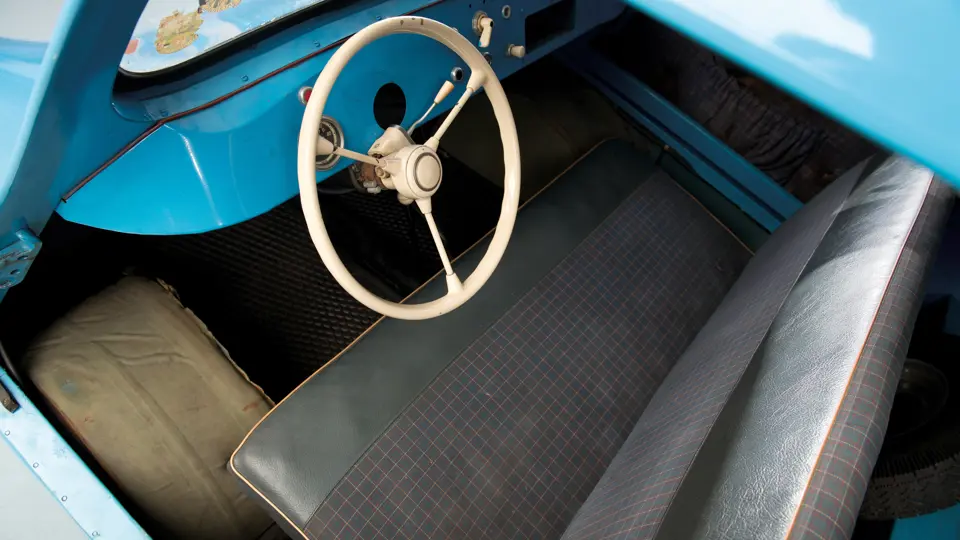
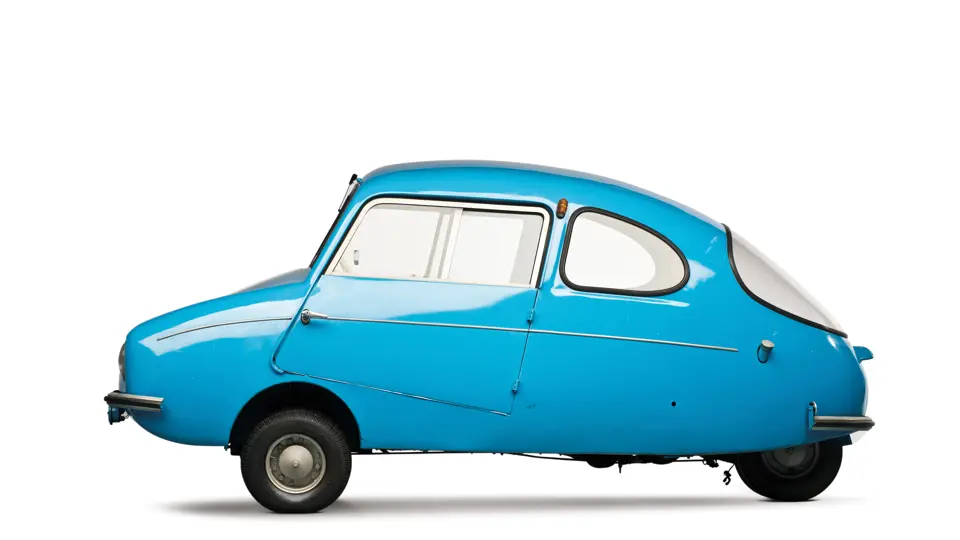

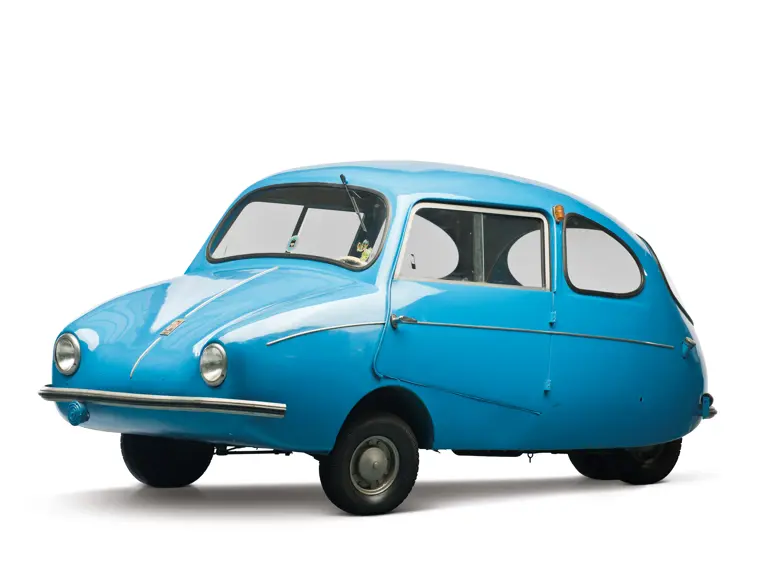
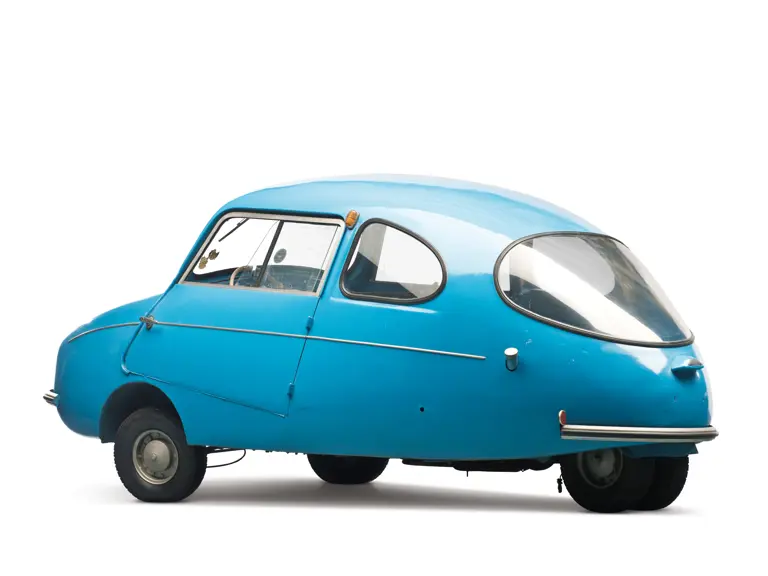
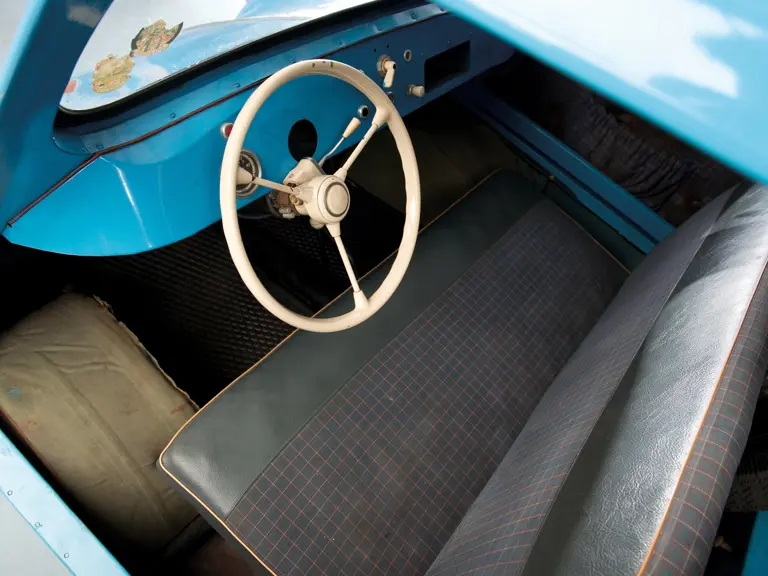
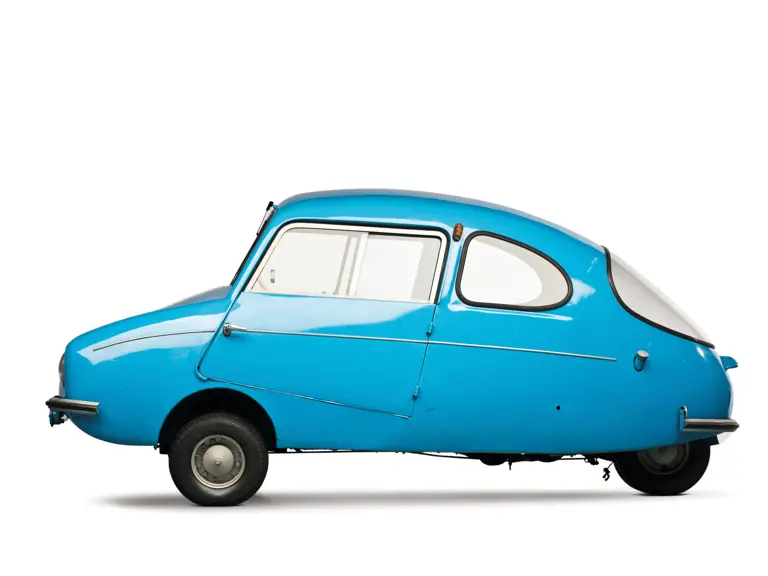
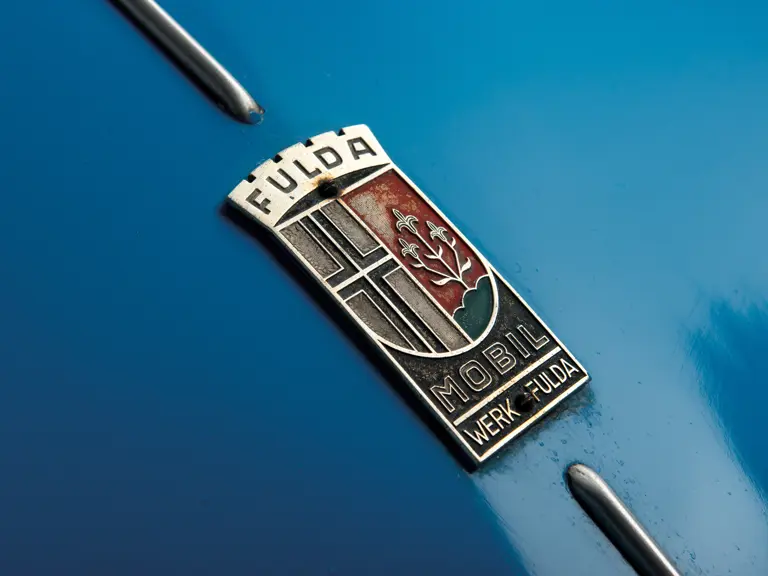
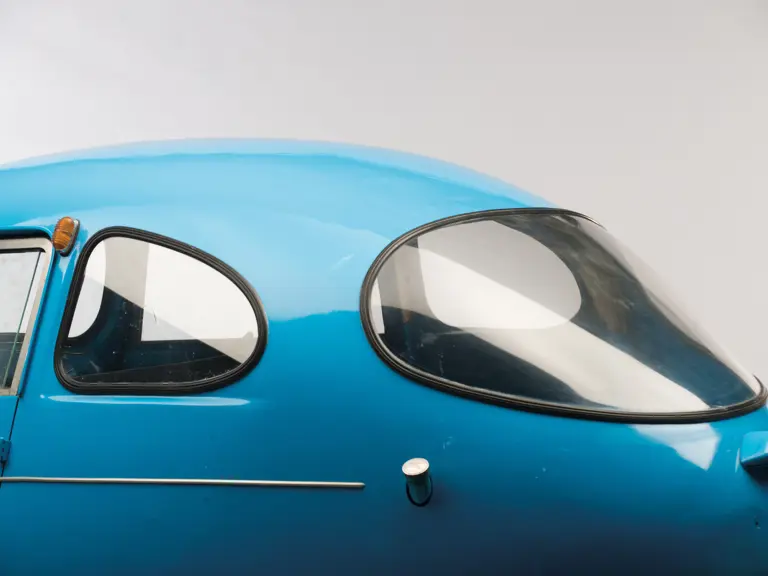
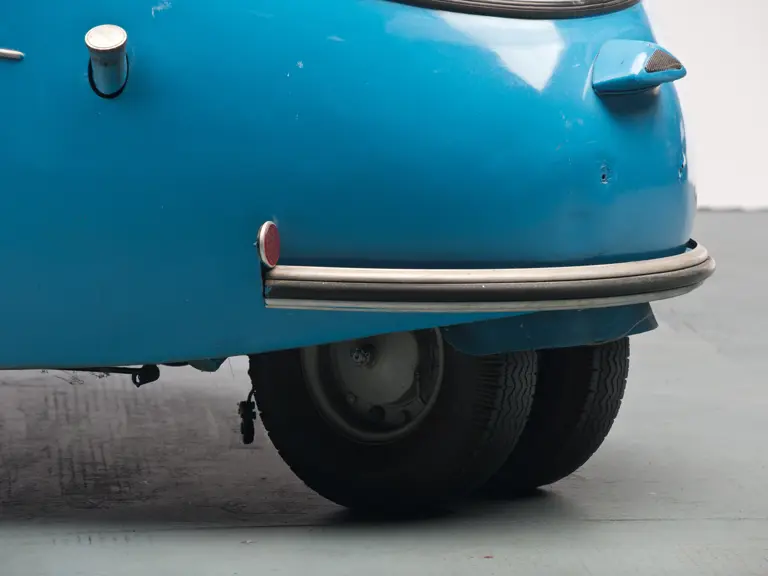

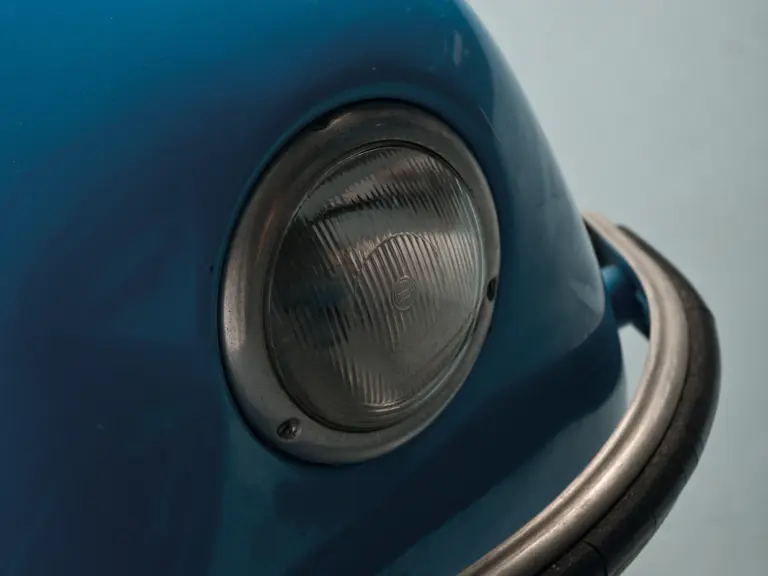
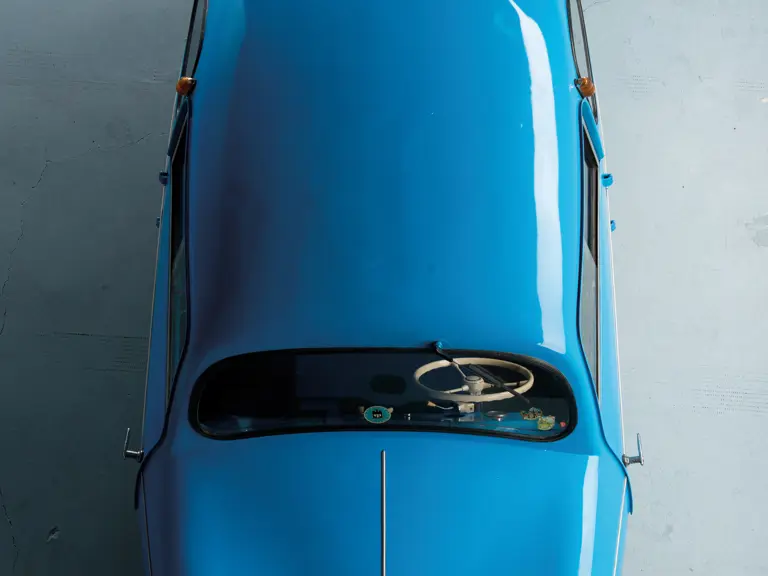
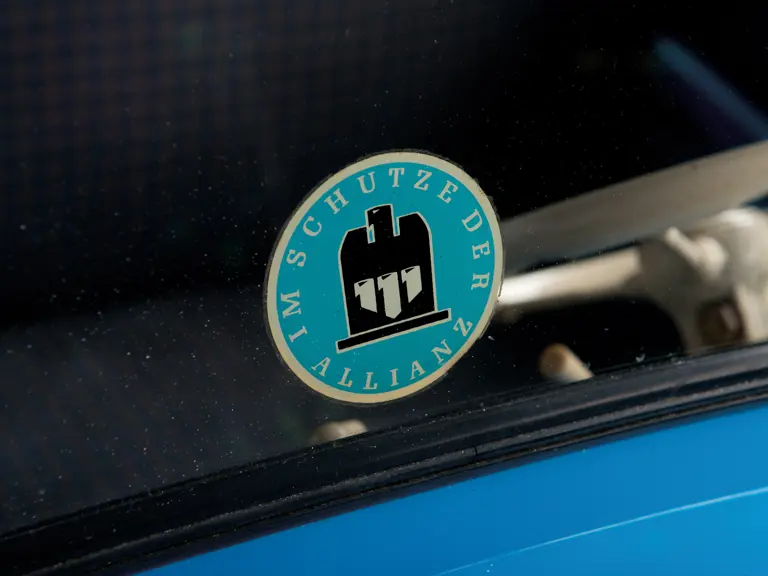
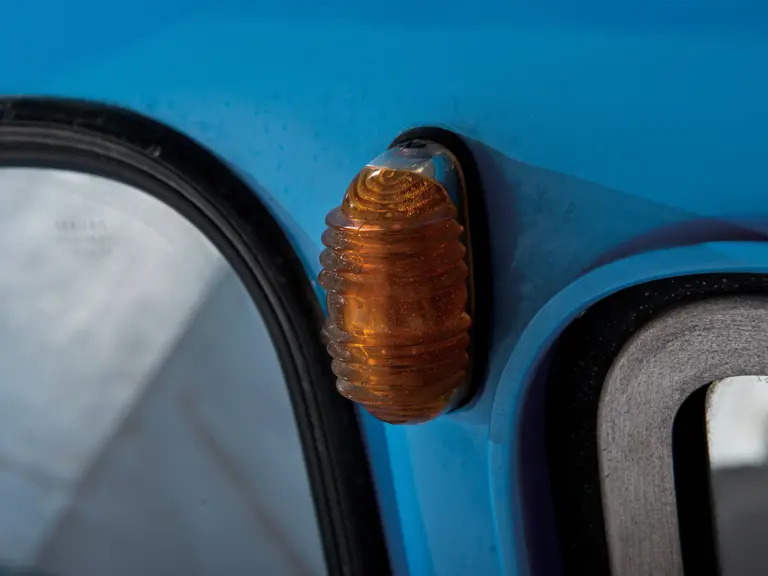
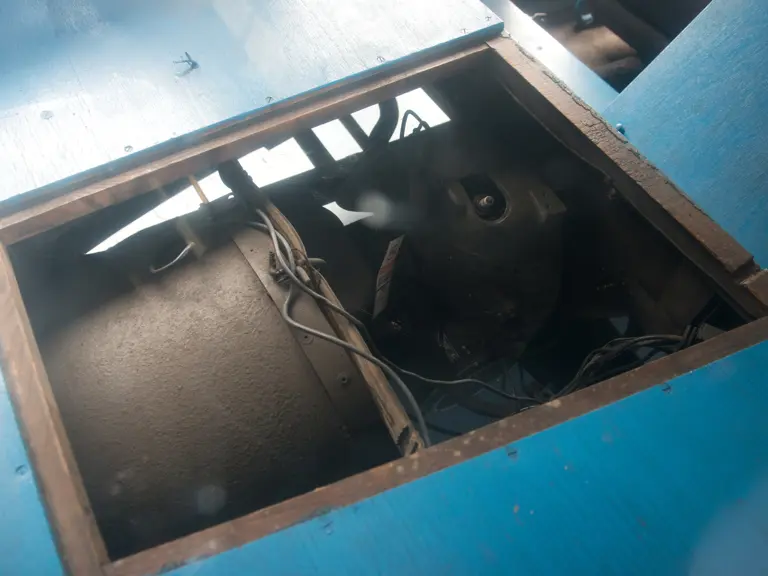

 | Madison, Georgia
| Madison, Georgia
